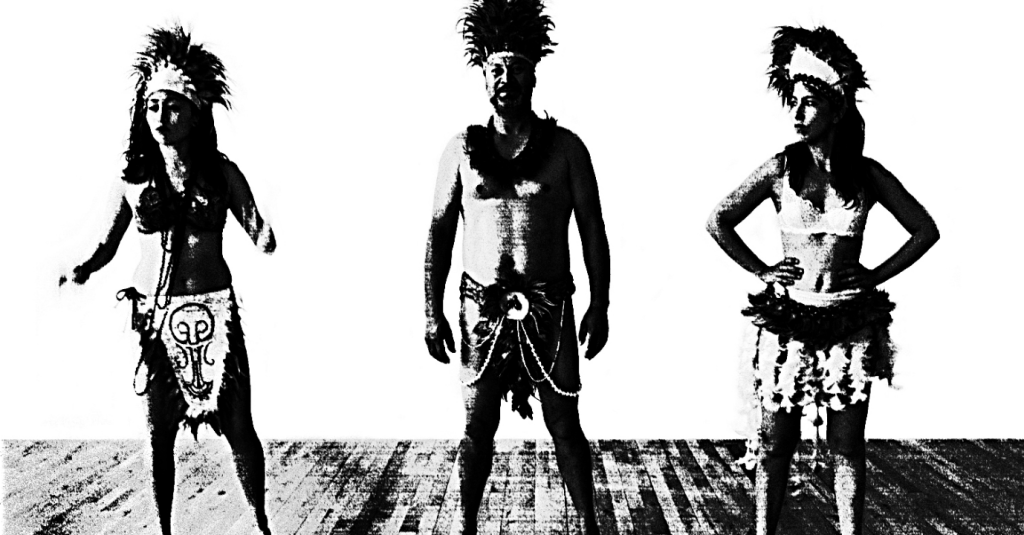
WAR
Dancing tribes in traditional attire and painted faces, with angry-looking men and half naked women. Here in the West we all know these ’traditional’ images of war dances. But are such dances really traditional, or are they folklore, performed for Western tourists? Are they diametrically opposed to contemporary dance or is that perhaps simply a colonialist view?
The Chilean-Mexican choreographer Amanda Piña and the Swiss visual artist and filmmaker Daniel Zimmermann have studied traditional Polynesian dance forms, including the notorious war dance, the Hoko, during their stay on Easter Island. In WAR they are staging eleven of these war dances as an anti-war statement and a plea for diversity. It is a danced manifesto against the increasing uniformity in society in general, and in art especially.
![]() On 23 May WAR can be seen with Sculpting Fear as Double Bill #2 What we do not know + What we think we know
On 23 May WAR can be seen with Sculpting Fear as Double Bill #2 What we do not know + What we think we know
![]() On 23 May after the performance there's a Bar Talk at the Hekman foyer.
On 23 May after the performance there's a Bar Talk at the Hekman foyer.
![]() On 24 May WAR can be seen with Of ivory and flesh – statues also suffer as Double Bill #3 Warriors + Statues
On 24 May WAR can be seen with Of ivory and flesh – statues also suffer as Double Bill #3 Warriors + Statues